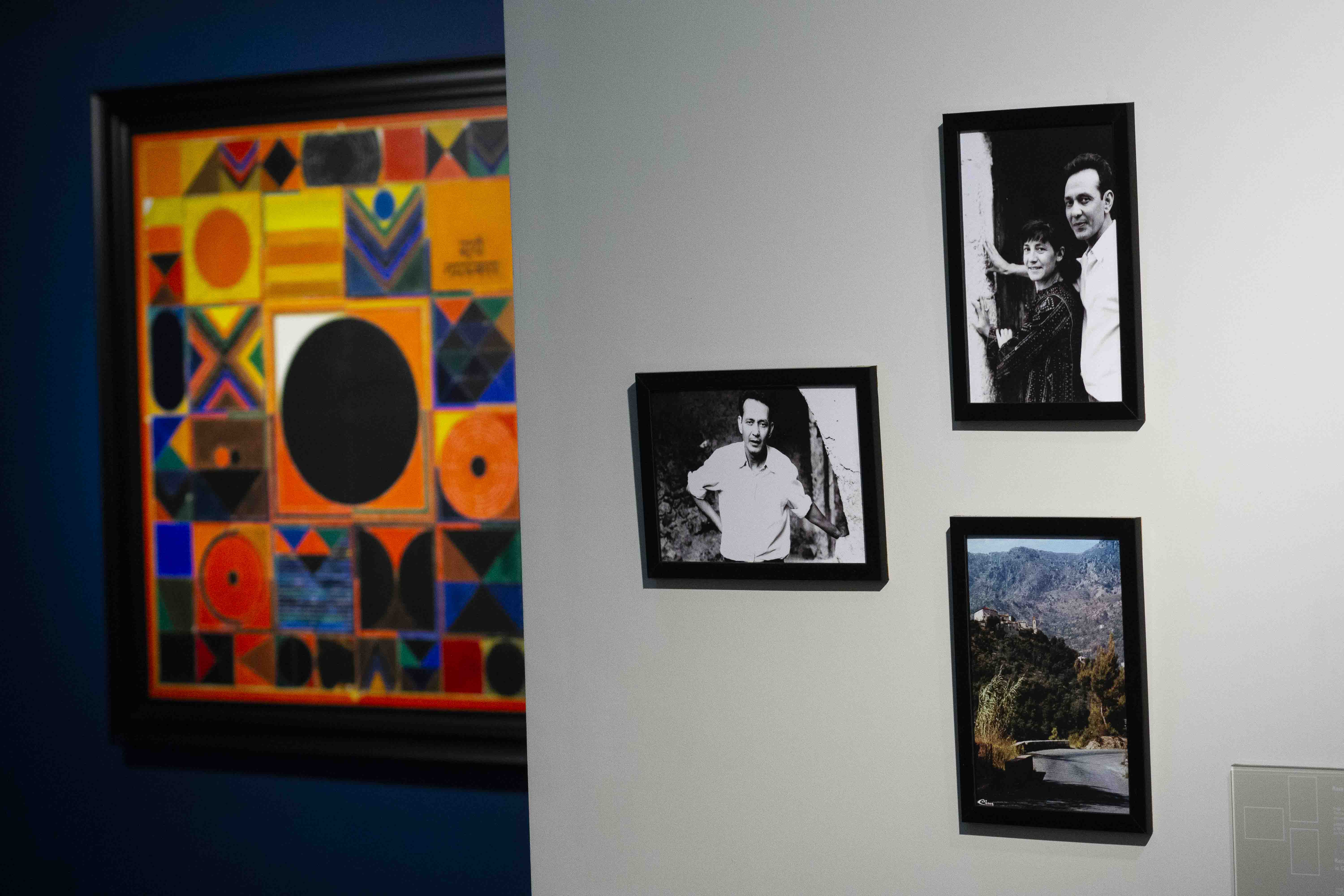A deafening serenity permeates the forest of canvases on the walls of the Piramal Museum of Art in Mumbai. Five decades of Syed Haider Raza’s work, distilled into 35 paintings, and topped with a handful of rare photos, letters, and artefacts, as bonus. This time-travelling confluence takes us inside the mind and spirit of one of India’s most celebrated modernists.
The first major exhibition of Raza since his death two years ago, SH Raza: Traversing Terrains, is on until November 15.
This exhibition allows us a peek into how Raza’s frequent travels between India and France — the country where he spent more than 50 years, mostly in a hamlet called Gorbio —nurtured him. “Both his initial days in Bombay and in France were very tough financially. Yet, these years made him realise his true calling was only art. In India, he acquired the basics of art and in France, he refined them further as a result of his exposure,” Ramanathan says.
Raza’s exploration of his favourite subject, landscape, began in Bombay. He arrived there, from the village of Babariya in Madhya Pradesh, in 1943. His fascination with the maximum city finds space here in two small-sized paintings of its streets and buildings.
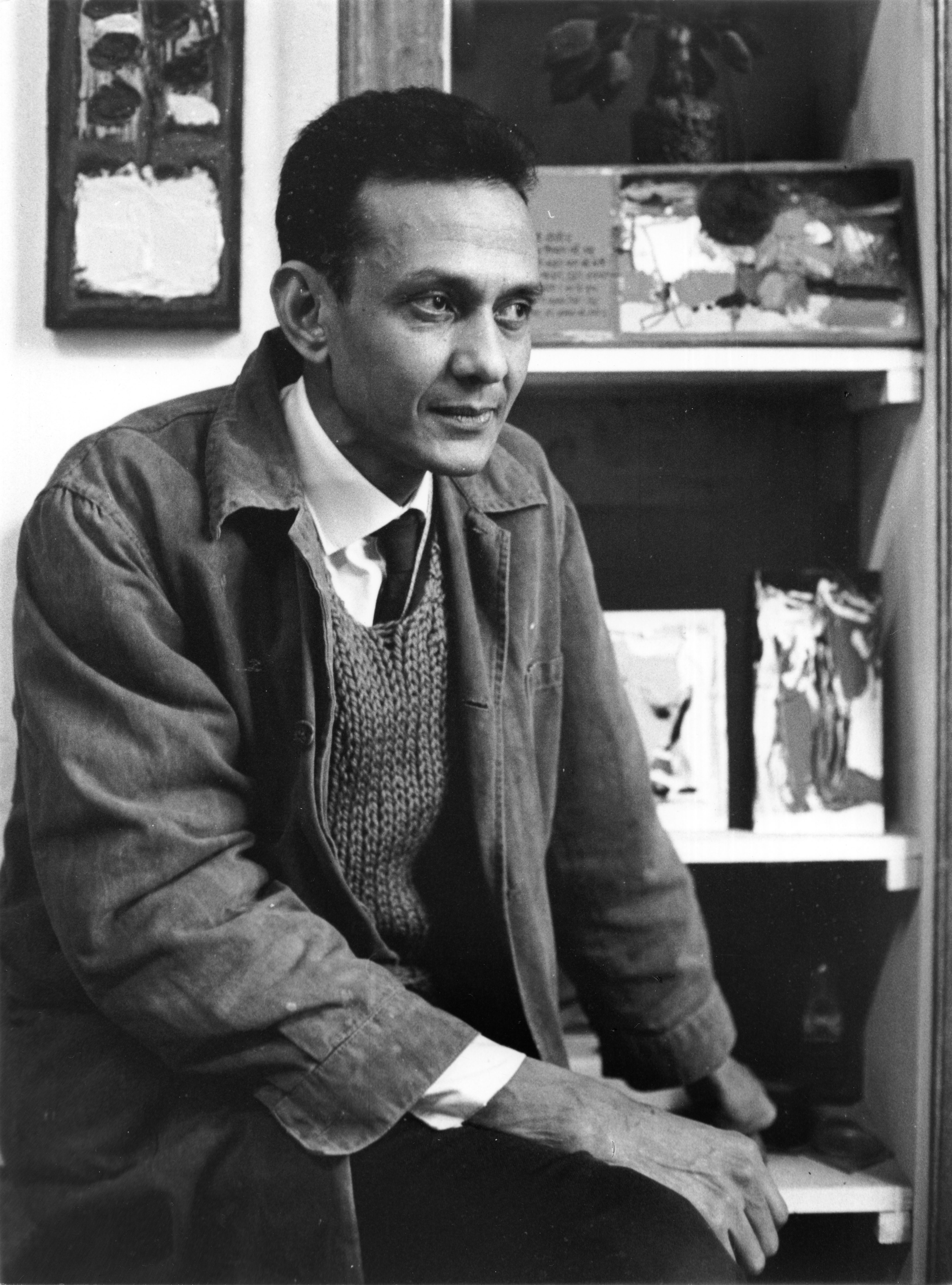
SH Raza, portrait, photographer unknown, 1960 Photo courtesy: Piramal Museum of Art
The acrylic-on-canvas centrepiece, Bindu Naad (1995), emanates and pulls energy, and eyeballs. The exhibition crafts a prequel and sequel to Raza’s bindu phase of the early ’80s, which often overshadows his versatility. A glimpse of his work from the 1940s to the 1990s captures his artistic journey across continents, styles, and altering perspectives.
Raza’s work evolved from expressionistic landscapes to abstracts. His ouvre is a product of his classical French training at École des Beaux-Arts, Paris, and his exposure to post-war American abstract expressionism. His later work was replete with his love for Indian iconography, philosophy, music and poetry.

Surya Namaskar, 1993, acrylic on canvas Photo courtesy: Piramal Museum of Art
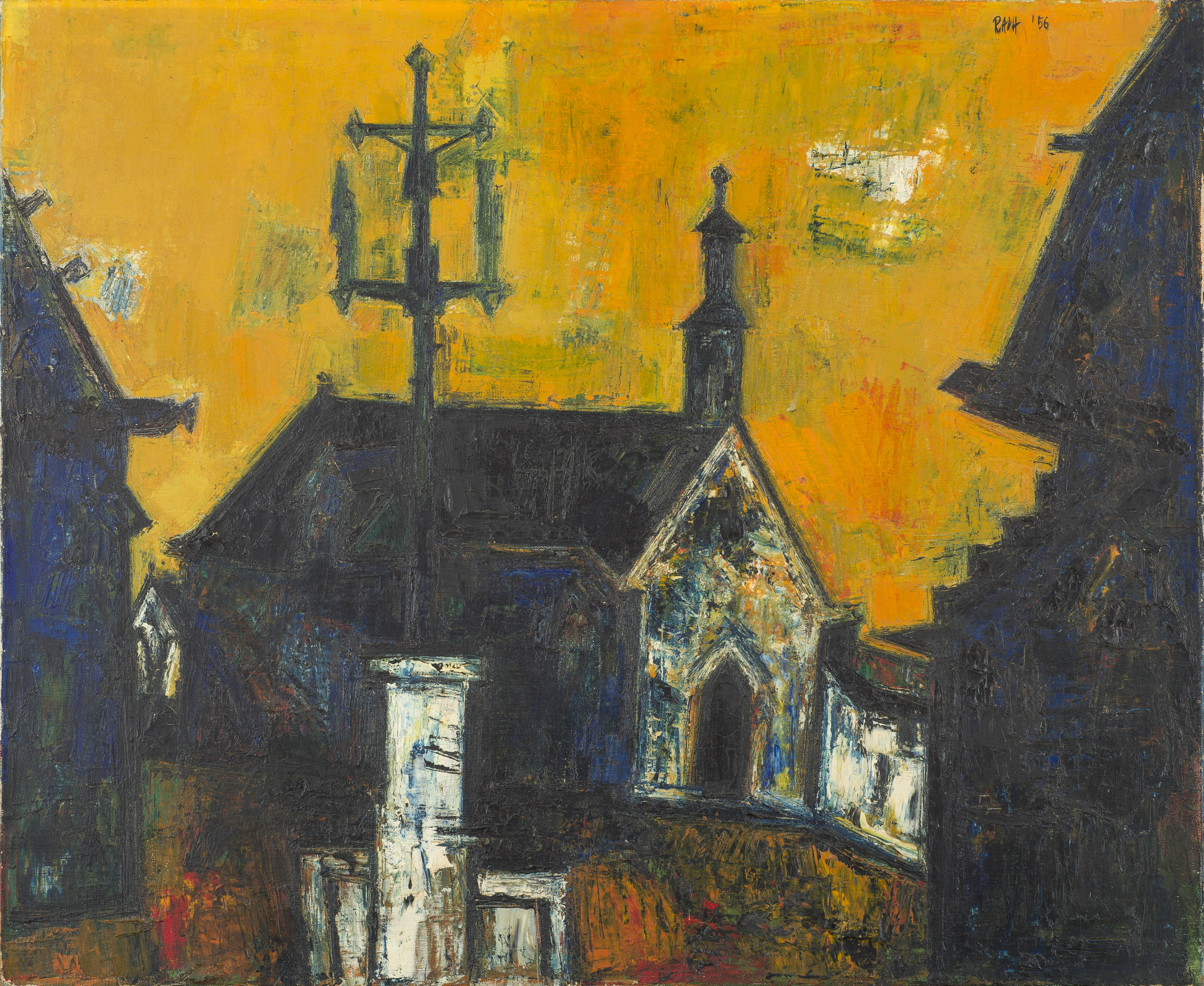
Eglise et Calvaire Breton Oil on canvas, 1956 Photo courtesy: Piramal Museum of Art
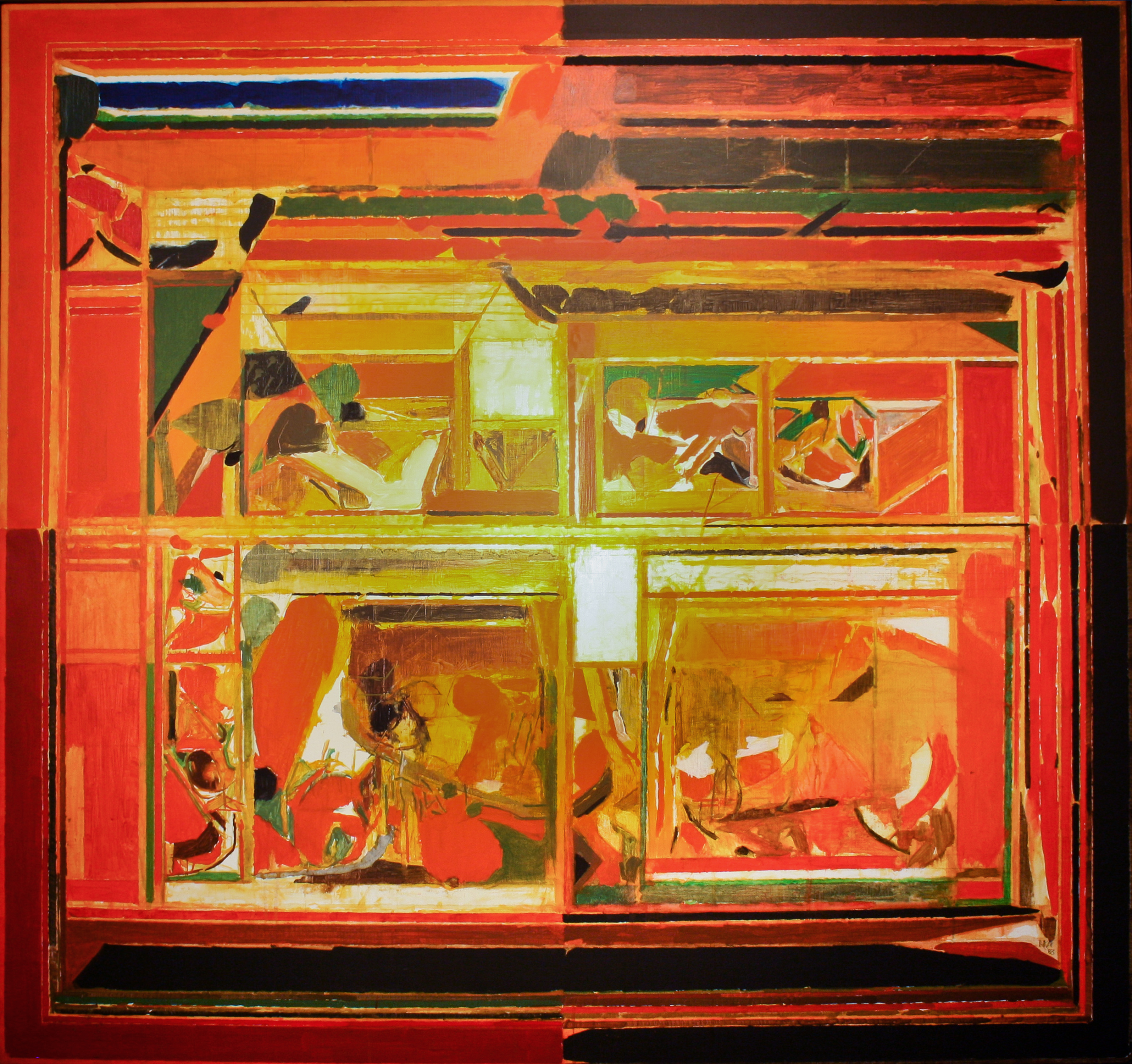
Rajasthan, 1983, oil on canvas Photo courtesy: Private Collection, UK
Raza is known to have begun painting every day with a prayer, convinced that a work acquires life only when the Divine enters it, says art historian Vaishnavi Ramanathan, who has curated the show, along with Ashvin E Rajagopalan. “He felt the material, or the act of painting that is entrenched in the materiality of pigment and canvas, could be a means to realise the immaterial. Raza was deeply grounded in the spiritual yet his approach was one that embraced life,” she says. He did not believe in negating the world around him. “Instead, he felt the world with its myriad manifestation of form and colour not as an end but as a means to attaining a spiritual end. He remained a painter until the end, and through the act of repeatedly painting, almost like doing japa (a comparison Raza himself used), he sought to evolve.”

Untitled (Bombay Street Scene) Photo courtesy: Piramal Museum of Art
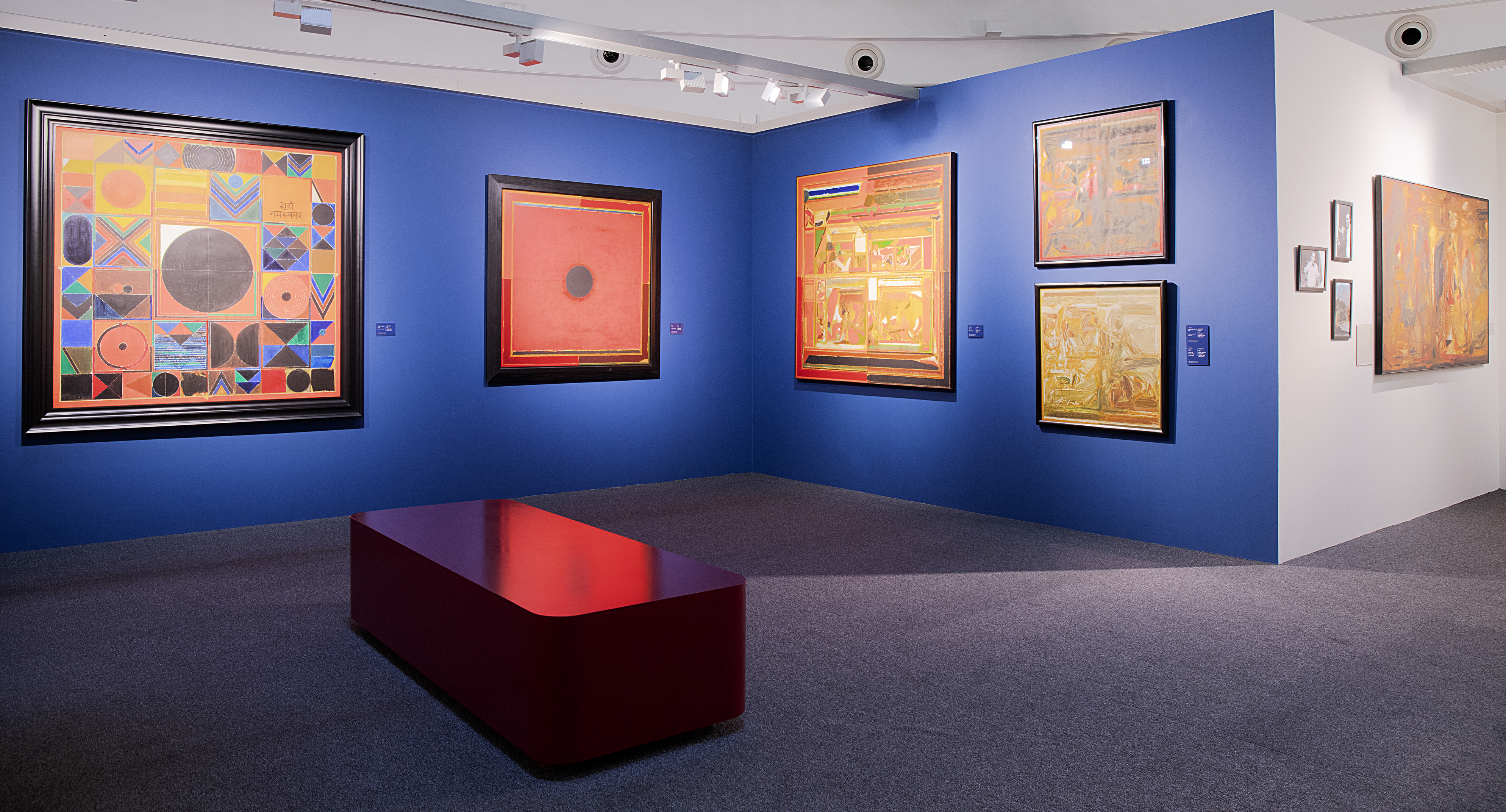
Exhibition view Photo courtesy: Piramal Museum of Art

Siene Port, 1960, oil on canvas Photo courtesy: Piramal Museum of Art

Trishna, 1976, acrylic on paper Photo courtesy: Piramal Museum of Art

Benares, 1944, watercolour on paper Photo courtesy: Piramal Museum of Art
However, it was in Paris that he began to approach landscapes differently. With Eglise et Calvaire Breton (1956), for instance, Raza switched from geometric confines to “a more painterly language”, Ramanathan says. Raza’s relationship with the Paris-based gallery, Galerie Lara Vincy, which played a vital role in catapulting him to global renown, gets due attention in the exhibition.
“As Raza settled in Paris, he began to question where his identity lay, as a Parisian painter or as an artist who had roots embedded in an ancient culture. This led him to re-evaluate his own sources of art. Being outside India yet being entrenched in its culture, he had both the distance and the familiarity required to arrive at a new imagery that was anchored in sources as diverse as Indian miniature, American abstraction and Indian philosophy,” Ramanathan says.

